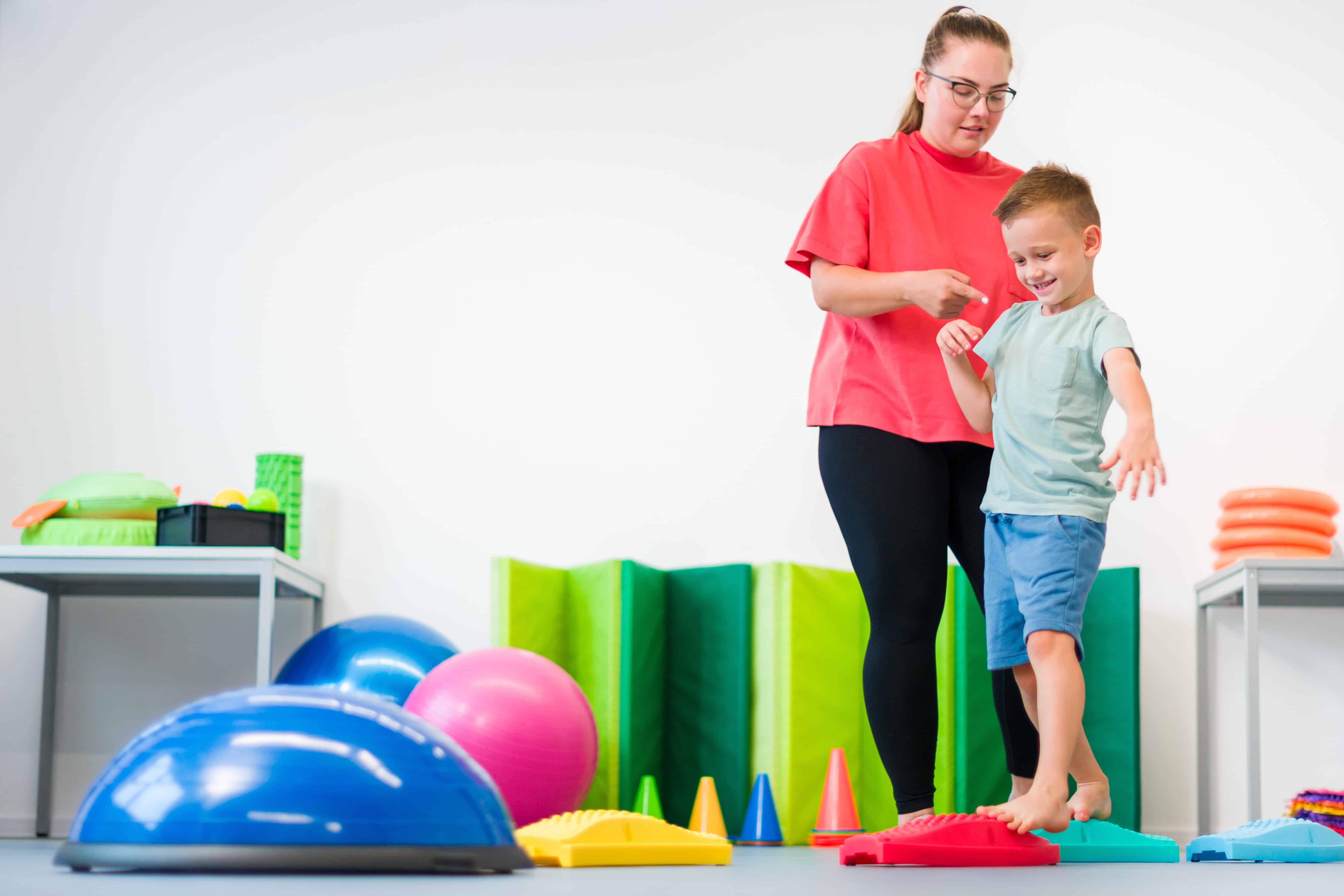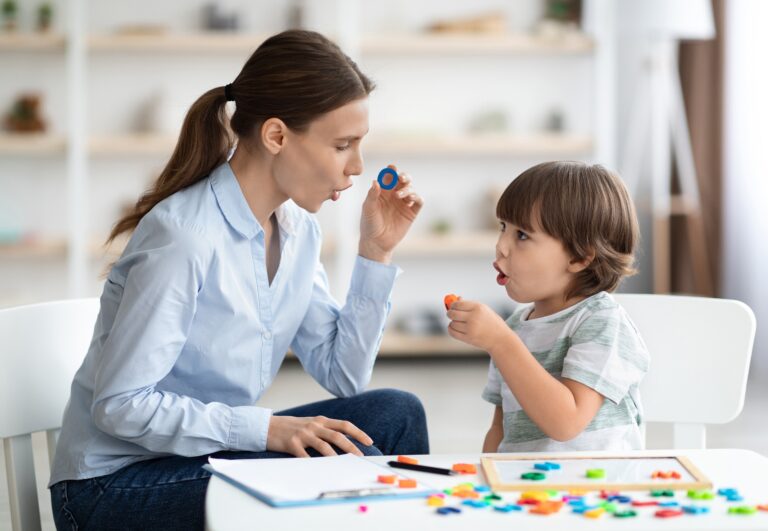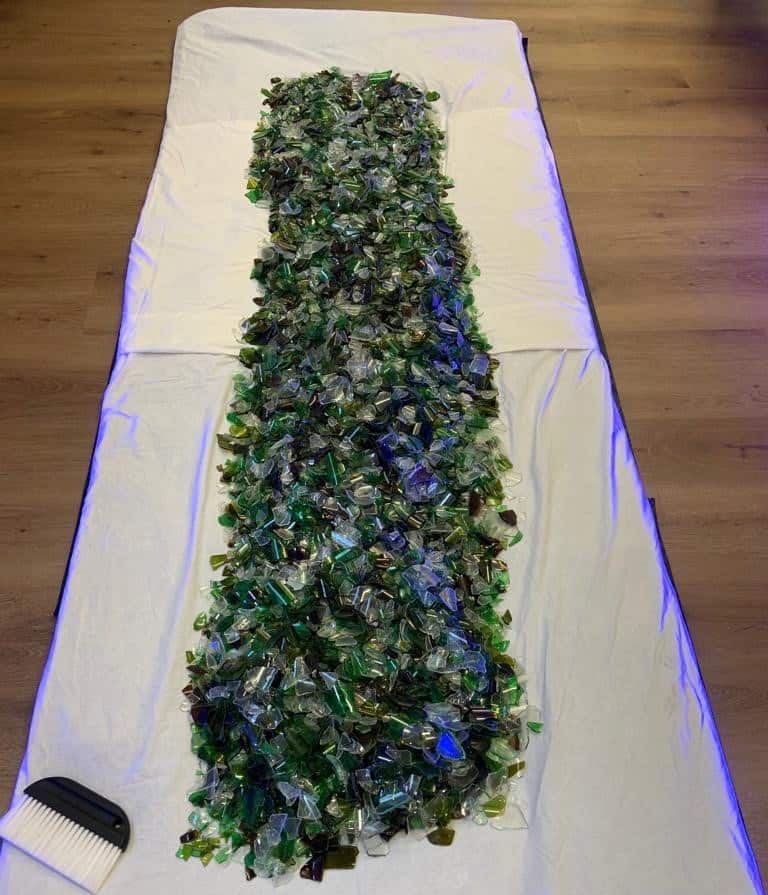
Therapy for children with brain injuries – why an interdisciplinary approach is essential
When a child suffers a brain injury, the impact on their life – and their family’s – can be profound. As a solicitor in the Child Brain Injury team at Bolt Burdon Kemp I work closely with families confronting the challenges that come with such injuries to secure the necessary support for these children, both during the litigation and beyond.
One key aspect of this support is ensuring access to essential therapies that can significantly enhance the child’s development and quality of life.
In this article, I want to highlight the importance of an interdisciplinary approach to therapy for children with brain injuries and address some common misconceptions about what such therapy involves.
The role of interdisciplinary therapy
Interdisciplinary therapy involves coordinating multiple types of treatment to address the complex needs of a child with a brain injury. This approach is crucial because different therapies – such as physiotherapy, occupational therapy and speech and language therapy (SALT) – often complement each other.
Take, for example, a child with a severe brain injury. They may be unable to vocalise or swallow and be at risk of a life-threatening lung infection due to inhaling food or fluid (aspiration). They may be a wheelchair user with limited strength and mobility and at risk of developing skeletal abnormalities if their posture is poor. A physiotherapist, occupational therapist and speech and language therapist will work together to ensure the child’s position is correct. This helps reduce the risk of aspiration and protect the spine as well as help the child use communication technology, such as Eye Gaze, effectively.
By working as a team, these therapists ensure all aspects of the child’s development are supported in a cohesive way.
Addressing common misconceptions
- A common concern is that intensive therapy might overwhelm a child or take away from their enjoyment of life. However, therapy doesn’t have to be a burden. It can – and should – be integrated into fun and meaningful activities that support the child’s overall well-being.
I agree with specialists who say the ‘F’ words – function, family, fitness, fun, friends and future – are essential in rehabilitation. Therapy should never be about endless hours of exercises disconnected from a child’s daily life. Instead, it should be about helping the child to engage in life to the fullest.
For instance, aquatic therapy can be both therapeutic and a fun way for siblings to bond. The family of one of my clients who is a wheelchair user can, with help, enjoy racing one another in the water; something impossible for them to do on land.
- Some families may resist therapy because they fear repeated assessments and multiple weekly therapy sessions, together with 24-hour care and supervision, will leave their child with no time to just ‘be’. But this is not the case.
The process of tailoring therapy to a child’s development and changing abilities is continuous, not intermittent, and it enhances, rather than detracts from the child’s enjoyment of life. In any event, just as a child without an injury needs guidance throughout their developing years, the same is true for a child with a brain injury.
- Some may argue there is no need for a high level of SALT if, due to their injury, a child doesn’t understand cause and effect. My firm view, based on my experience, is every child struggling to communicate should have access to SALT in their educational and adult years to help them develop as much as they can.
A child with little or no means of communication and without help to communicate, will feel isolated but tragically unable to relay this to those around them. At the same time, their families will find their inability to understand their child’s needs distressing to say the least.
Paediatric speech and language therapists work with children with a range of conditions and problems to support and develop their speech, language and communication skills. Children with a serious brain injury may not meet developmental milestones at the same time as their peers, but a SALT will assess their skills and create an individualised fun and motivating therapy programme to develop their skills, no matter how limited they may be.
Real-life impact of interdisciplinary therapy
The difference that interdisciplinary therapy can make in a child’s life is remarkable.
I’ve seen children with cerebral palsy who have been unable to communicate verbally since birth learn to use advanced devices like Eye Gaze technology, not only to “speak” but also to watch TV and play music, to send texts and emails, and to play games with family and friends. All with support from the physio, occupational and speech and language team.
This isn’t just about developing skills – it’s about giving the child a voice, enabling them to connect with others and enhancing their quality of life.
How can we help?
The reality is public healthcare resources are often limited. This is where private support, through a compensation claim, can fill in the gaps, providing additional tools and therapies that might otherwise be inaccessible.
For example, the NHS provided an Eye Gaze device for my client, but it was prone to breakdown and software issues. Through the claim for compensation, we provided private support to ensure there was a backup communication device to maintain our client’s ability to interact with the world.
On other occasions, we have funded equipment, such as an Innowalk (a machine which allows the child to be upright and moving, giving pressure relief, weight bearing and digestive support) through the claim.
An interdisciplinary approach to therapy is not just beneficial for children with brain injuries; it is essential. It’s about more than just treating symptoms – it’s about creating an individual, innovative and inspired plan – the ‘I’ words, if you will – that helps each child reach their full potential while still enjoying their childhood.
At Bolt Burdon Kemp, we are committed to advocating for these therapies because we believe every child deserves the opportunity to live as independently and fully as possible.
By working together, we can ensure children with brain injuries receive the comprehensive support they need to thrive. Bringing together different therapeutic disciplines creates an effective and holistic rehabilitation plan that meets the child’s unique needs within the context of their lives.










